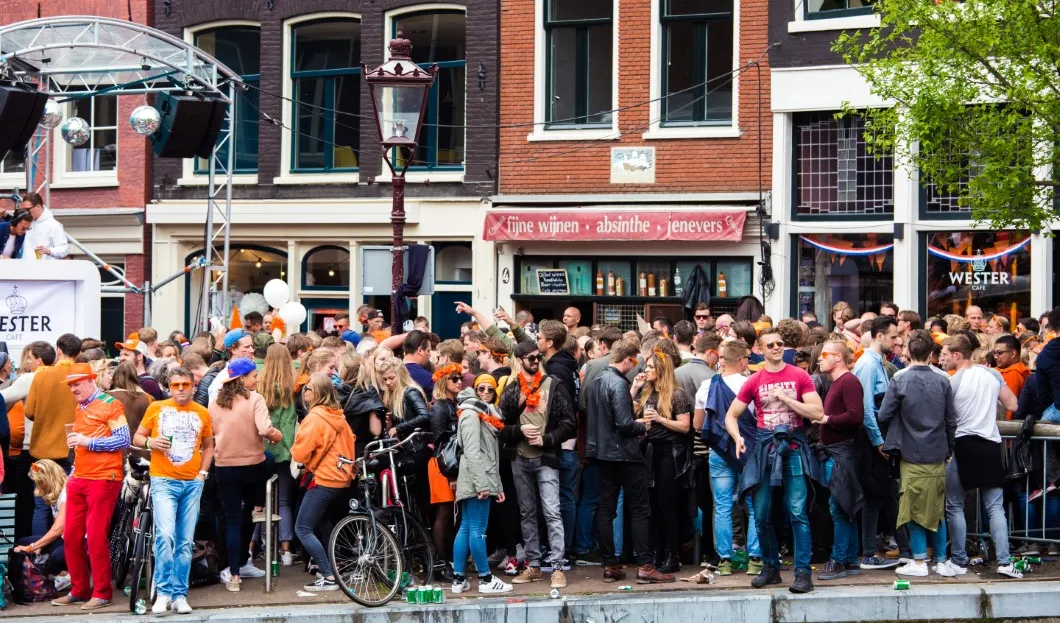
Too much tourism kills the industry? Faced with a massive influx of visitors, several destinations around the world decided to take measures to limit the number of tourists and thus to fight overtourism.
Typically, the mission of a tourist office is to attract as many visitors as possible to the country. However, some tourist offices are now doing the opposite. The most recent example is the Dutch tourist office, which has decided to postpone a promotional campaign that should have been able to attract new visitors. The reason? The Dutch believe that there are now too many tourists in the country! Amsterdam and its 820,000 inhabitants have a total of 8.3 million overnight stays and 18 million visitors all year round.
Moreover, in addition to the current tourist tax of seven percent of the hotel bill that the visitor pay, they will have to count also with extra three euros per night and guest – the city council introduced a bed tax. The revenue should be used for preserving the historical cityscape.
And Amsterdam is no exception: Barcelona, Rome, Porto or Venice are also victims of their success and face overtourism. Not to mention Dubrovnik, attacked by fans of the Game of Thrones series... Many fragile historical sites suffer from this overflow and the city centers are gradually emptying of their inhabitants, leaving the place to seasonal rental platforms, led by Airbnb, transforming the very nature of the city and causing a shortage of housing for the inhabitants and an increase in rents.
Iceland is another example of a destination that has been overtaken by its visitors: the small island of 340,000 inhabitants has grown from 500,000 tourists in 2009 to more than 2.3 million visitors last year... An explosion that surpasses current infrastructure capacities, particularly in Reykjavik, the entry point for all tourists.
In an attempt to control the phenomenon, several destinations took various measures. Since May 1st, Venice has just deployed a 3 € tax for all tourists per day, in order to finance the cleaning of the city. The city of 55,000 inhabitants is invaded by 25 million tourists every year. And the city hall is already considering a new binding reservation system to visit the city by 2022.
In Rome, tourist buses have not been allowed in the historic center since last January. The mayor of the city, Virginia Raggi, intends to protect the sites but also reduce air pollution and noise.
With more than 30 million visitors last year, Barcelona attacked Airbnb, hunting down illegally rented apartments. Amsterdam City Hall is expected to ban guided tours of the Red Square from next year.

Not only Europe is affected. In Peru, the authorities have just decided to limit access to Machu Picchu, the emblematic Inca city. The first test will be carried out from 15 to 28 May with a quota set at 6,000 tourists per day on the site. If the results are conclusive, the system should then be formally launched on June 1.
In Indonesia, the Bali government is preparing a $14 tax for any tourist arriving on the island. The money should be used to protect the environment.
In Thailand, the fight against overtourism has even taken another step forward: the emblematic beach of Koh Phi Phi Leh, the setting for the film The Beach with Leonardo de Caprio, was closed to the public last June until 2021.










